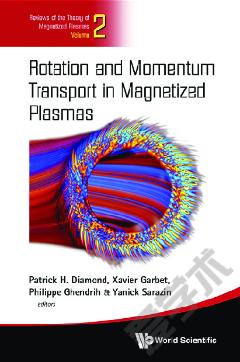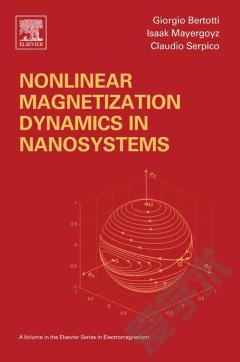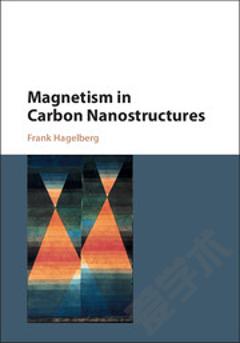Spin-Dependent Transport Phenomena in Magnetic Nanostructures
The scattering of spin one-half fermions (electrons and neutrons) in multilayer systems containing magnetic nano-elements is a broad avenue for revealing transport properties of materials such as conductance, coherent (ballistic) resistance, and the spin polarization of the electric current. The spin dependent scattering is also a diagnostic tool for the study of magnetic structures of magnetic elements themselves (neutrons). From a theoretical point of view, the solution of one-dimensional scattering problem is reduced to the transfer matrix problem of the spin-polarized (unpolarized) waves on a system consisting of finite potential barriers, characterized by classical magnetization vectors. Their combination together with the vector of the spin polarization of the incident wave (if it is polarized) forms a system of allocated general collinear, and in some cases noncoplanar to the interface directions. As a result, the system becomes more complex and rich with additional degrees of freedom (so-called degrees of noncollinearity). The transport and magnetic characteristics are substantially dependent on these degrees of freedom, and in many cases allow the governing of them. For example, consider a system consisting of two barriers with noncollinear magnetizations. It is shown that it possesses the basic “spintronic” properties; these include a giant (tunneling) magnetoresistance and valve effect. Besides this, an effect similar to that known in optics as the Malus effect is possible. In the multi-barrier system, one can add also other degrees of freedom, such as the ratio of the lengths of various “magnetic domains”, which is extremely important for the control of quantum interference effects. The described systems are interesting from the viewpoint of the possibility to design nano devices with predetermined properties, as well as the possibility of tuning those properties due to the additional degrees of freedom. To study these systems, generalization of the well-known transfer-matrix method for noncollinear systems is carried out. These exact calculations illustrate important clues and exciting opportunities that could be utilized when synthesizing a barrier profile heterostructure containing magnetic layers. Recent developments in the field of spin polarized transport should lead to many scientific advances in surface science, magnetism, solid state physics and tunneling.Target Audience:The field of spin dependent phenomena in multilayered superlattices and is a fast growing subject in nano and spin electronics. Therefore, the submitted book presents for broad auditorium of researchers at the high academic level the most recent original results and the current status on application of matrix method describing various non-collinear effects in spintronics. The book specifically indicates the existence of the effects similar to the GMR and valve-effect that are widely described in literature. Note that the effects associated with the quantum spin-dependent transport are essential for the design and fabrication of various nanoelement structures and spintronic devices, in particular, the spin valve, spin diode, spin polarizer, information recording systems, etc.
{{comment.content}}








 京公网安备 11010802027623号
京公网安备 11010802027623号